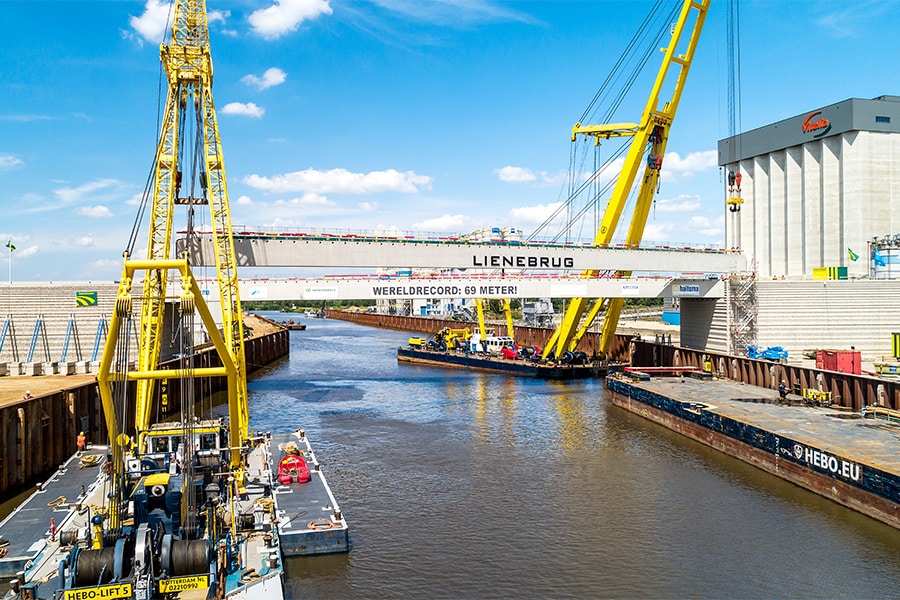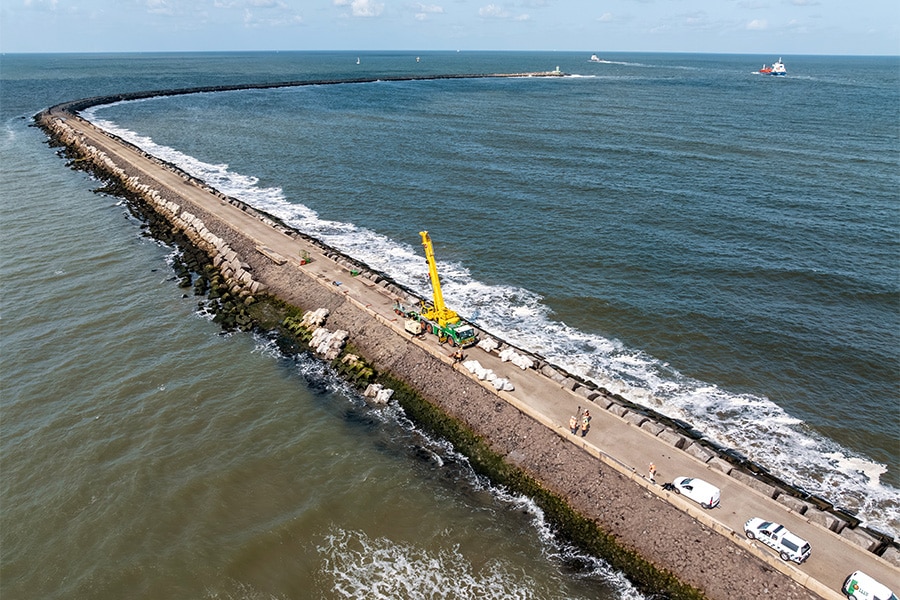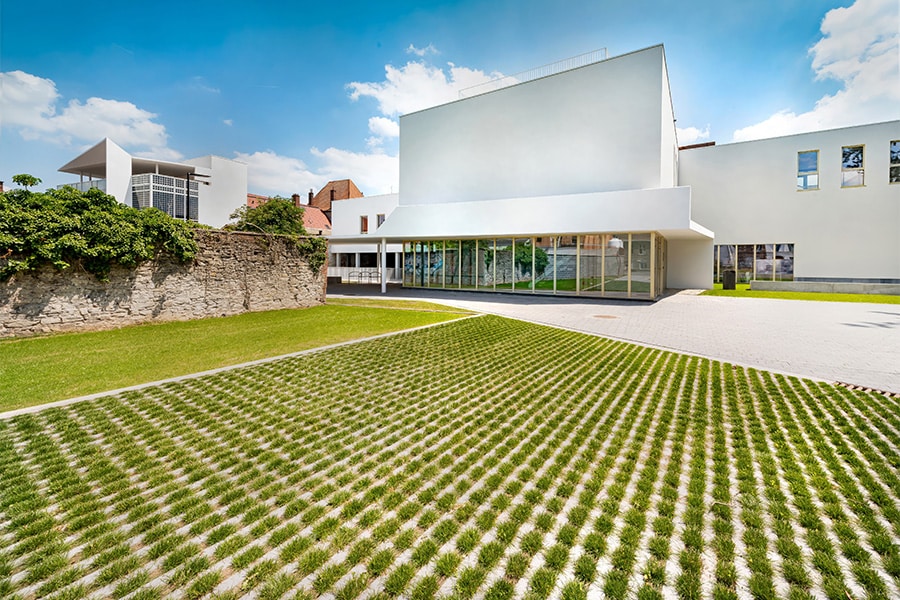
Zwolle gets first sustainable wood-concrete bridge
Together they developed a wood-concrete bridge. The first example of this sustainable hybrid bridge will rise after the summer at the Hessenpoort business park in Zwolle.
The starting point for the bridge design is the combination of wooden girders and a thin cast-in-place concrete deck. This system combines the advantages of concrete (low maintenance, long service life) with those of wood (durable). In this way, it not only meets the need for sustainable bridges, but also suits the management and maintenance needs of clients. Moreover, because the materials work together constructively, material use is limited.

Material and detailing
The system is applicable for bicycle and pedestrian bridges as well as road bridges with spans from about eight meters. Depending on the span, hardwood or laminated softwood is used. The bearing is designed so that the wooden beams lie freely and enough ventilation is possible. The connection between wood and concrete also received a lot of attention.

Hessenpoort
The municipality of Zwolle recently commissioned Knipscheer to build a 15-meter bicycle bridge on Steinfurtstraat in the Hessenpoort industrial area. Girders made of softwood larch were chosen. The concrete mix must contain at least 30 percent recycled material.
Construction is expected to begin in June and the bridge will be completed in September.
Ipv Delft and Knipscheer have been working together for some time on the development of sustainable and circular bridges. For example, they realized the energy-neutral 2e Schateiland Bridge in Almere and developed a system for circular bridges.
Learn more: ir Ronald Rozemeijer, ipv Delft, 015 750 25 71 or www.ipvdelft.nl




